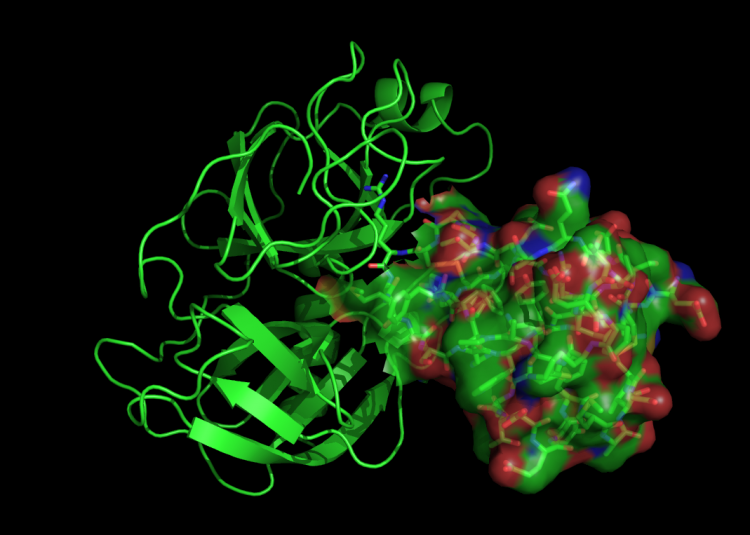Startup uses bioinformatics to pry open the power of waste peptides

The company, Nuritas Ltd, seeks to harness the developing field of bioinformatics to crack the code of these mystery proteins and their multitudinous peptide components. It’s an approach that founder and chief scientific officer Nora Khaldi, PhD, helped pioneer in her work with the Food for Health Ireland initiative.
“Any food contains millions of molecules,” Khaldi said in a recent Tedx address. “The aim of the Food for Health Ireland project was to identify the proteins in milk. Milk contains about a million proteins, and a glass of milk contains about 5 billion individual peptides.”
From those billions of potential targets, Khaldi was, using a purpose-built algorithm, able to narrow the field down to about 30 candidates that had potentially beneficial properties, such lowering cholesterol or reducing blood pressure. These candidates could then be tested in the lab to verify their activity and establish their efficacy parameters.
“The important thing here is we couldn’t do this manually. Bioinformatics is the way to get to market quickly, to mine these molecules and do it in a very quick way. By tweaking these apporaches you can do this in any kind of food,” she said.
The new company includes CEO Jonathan Erb, a business development specialist based near Boulder, CO, a hotbed of food and technology innovation in the United States. Erb said his role is to help shepherd the company’s strong technical base into marketable products and services, helping to find new ingredients for dietary supplement and functional food applications.
“My role is to make it commercially relevent and to brand it,” Erb told NutraIngredients-USA. And central to that message is that the company’s information technology can discover hidden value in a client’s waste stream that the client itself is highly unlikely to find via an in-house hit-or-miss approach.
Efficiency foremost
“Companies have been using a trial-and-error process. It is a very tedious process and it’s expensive. We can truncate that process; we can identify the potentially beneficial peptides in a waste stream in about three months,” Erb said. Through her past work in the field, Erb said Khaldi has built up a huge database of peptides against which future candidates can be referenced. Erb said Nuritas has already done a lot of work on algal waste streams, and is looking at other waste streams as well.
“We are very interested in working with rice or peas. Those would be ideal plant source materials that we would like to help with. There is a lot of protein left over in rice after it’s processed and right now a lot of it is going to waste,” he said. But Erb said the technology can find useful peptides in almost any kind of food production waste stream, including dairy, meat or marine ingredients.
"There is a wide range of potential therapeutic benefits from these peptides including cell proliferation, anti-oxidation, anti-inflammation, anti-microbial, muscle development and recovery,” Khaldi said.
Natural vs synthetic
One area that is especially promising is supplying peptides for cosmetic applicaitons, Erb said. Many costmetic companies use synthetic peptides, and use only small amounts because the ingredients are expensive. Cheaper natural peptides that do the same things might be found in waste streams that would allow these companies to use higher, more efficacious doses for collagen development in the skin, for example, without influencing overall product cost, he said.
In addition to helping find the peptides, Nuritas has enzymatic technology to help extract them, Erb said. And the unique nature of the process and the applicaiton of the indiviudal peptides to therapeutic benefits means that the technolgy can be fairly easily protected by patents, he said.












